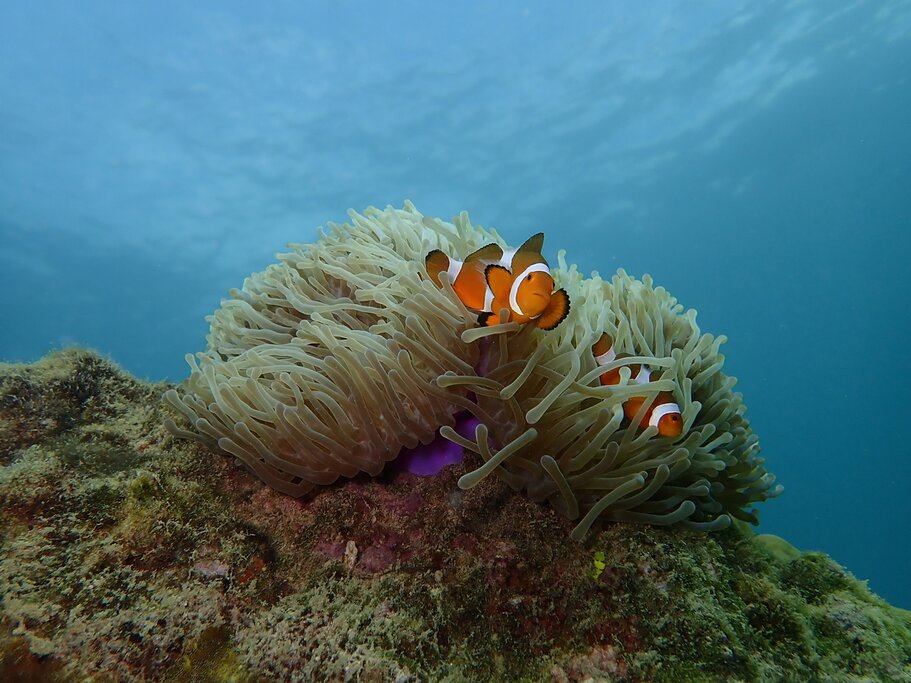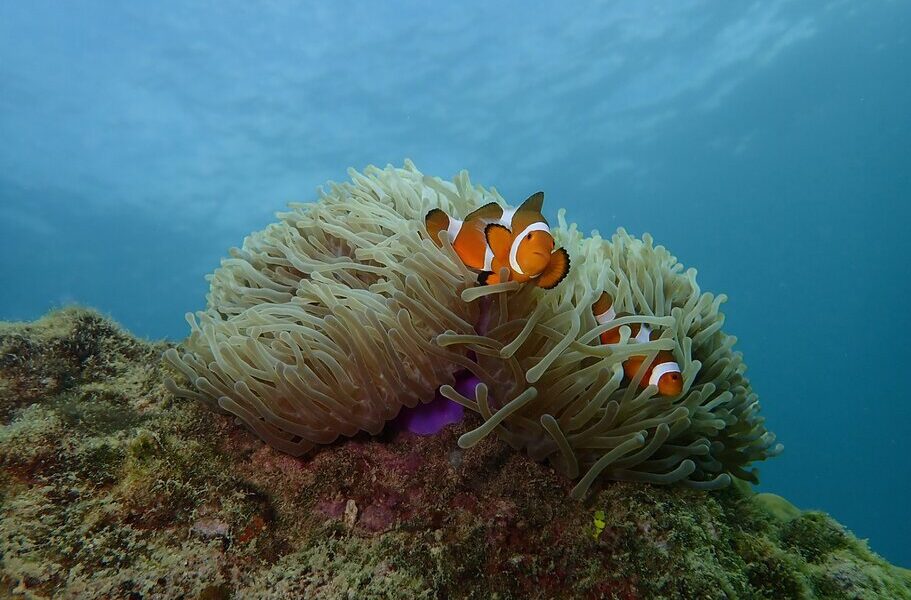
May is an excellent month to head outdoors in eastern Malaysia, whether hiking through the jungles, climbing a mountain, or diving and snorkeling at pristine reefs. The weather is mostly dry in the east, making this a prime time to seek out orangutans in Borneo. Find out more below about traveling to Malaysia in May.
Malaysia in May: A Comprehensive Guide to Weather, Activities, and Cultural Events
Malaysia, a captivating tropical nation, beckons travelers with its year-round warmth and humidity. However, the rainfall patterns across the country exhibit significant variations, making it crucial to understand the regional nuances before planning your trip. While a rainy season prevails in most areas, its timing differs considerably, impacting the optimal time to explore various destinations. The temperature generally fluctuates between a comfortable 71°F (22°C) and a balmy 91°F (33°C) across most regions throughout the year. It’s important to note that higher altitudes offer cooler temperatures compared to the towns and bustling cities situated at sea level.
During the month of May, the western regions of Malaysia tend to experience the highest rainfall. This includes prominent destinations like Kuala Lumpur, the vibrant capital city, and Penang, an island renowned for its rich culinary heritage and captivating colonial architecture. Despite the increased precipitation, these areas offer a plethora of cultural attractions that can be enjoyed even during wetter days. The iconic Petronas Twin Towers in Kuala Lumpur, for example, provide stunning indoor experiences, while Penang’s museums and art galleries offer refuge from the rain while immersing visitors in the local culture. Therefore, the possibility of rain shouldn’t deter you from visiting these fascinating destinations in May.
Conversely, the eastern parts of Malaysia, including the idyllic islands off Peninsular Malaysia, such as the pristine Perhentian Islands, and Malaysian Borneo, encompassing the states of Sarawak and Sabah, generally experience drier conditions in May. This makes it an ideal time for indulging in jungle treks and a wide range of outdoor activities. The conditions are typically comfortable and accessible, allowing you to fully appreciate the natural beauty of the region. Exploring the rainforests, engaging in water sports, or simply relaxing on the sun-kissed beaches are all excellent options during this time.
Crowds and Costs: Navigating the Shoulder Season
May occupies a unique position as a shoulder-season month for travel to Malaysia. This might seem counterintuitive, considering the favorable weather conditions in certain areas. The western part of Malaysia, encompassing popular destinations such as Kuala Lumpur, Penang, Langkawi, an archipelago known for its stunning beaches and duty-free shopping, and Melaka, a historical city steeped in colonial charm, experiences fewer tourists compared to the peak “winter” months. This translates to potentially lower prices and a more relaxed atmosphere. While the possibility of occasional showers exists, the weather is generally suitable for exploring these captivating destinations.
On the other hand, the eastern regions of the country tend to be relatively busier in May, a trend that persists until around October due to the minimal rainfall. Consequently, costs in these areas may be slightly higher compared to the western regions. However, it’s worth noting that Malaysia, as a whole, remains a generally affordable destination, making it an attractive option for budget-conscious travelers. Careful planning and research can help you find deals and optimize your travel budget, regardless of the specific region you choose to visit.
Exploring the Wonders of Malaysia: Where to Go in May
Malaysia holds the distinction of being one of only two countries in the world where you can observe orangutans in their natural habitat in Borneo. The drier weather in May creates ideal conditions for wildlife-spotting activities in the lush jungles, including the unforgettable experience of orangutan watching. For excellent opportunities to encounter these magnificent creatures in the wild, consider visiting the Semenggoh Nature Reserve, conveniently located near Kuching, the capital city of Sarawak. Alternatively, the Sepilok Orangutan Rehabilitation Centre in East Sabah provides another exceptional opportunity to witness these endangered animals up close.
Furthermore, you might even be fortunate enough to spot orangutans during a scenic cruise along the Kinabatangan River in northeastern Sabah. This riverine ecosystem teems with diverse wildlife, including proboscis monkeys, easily recognizable by their distinctive long noses, formidable crocodiles, sleek pythons, and even majestic elephants. A river cruise offers a unique perspective on the region’s biodiversity and provides unparalleled opportunities for wildlife photography.
Another compelling reason to venture to Sabah in May is the chance to immerse yourself in the vibrant Sabah Festival, held in the state capital, Kota Kinabalu. This week-long celebration showcases the rich cultural heritage of the region through a variety of cultural and culinary events. It’s an excellent opportunity to learn more about the traditions, customs, and artistic expressions of the diverse communities that call Sabah home. Kota Kinabalu also serves as a convenient base for exploring other notable attractions in Malaysian Borneo, including the towering Mt. Kinabalu, the centerpiece of the Kinabalu National Park, a UNESCO World Heritage Site, and the picturesque islands of the Tunku Abdul Rahman National Park, offering pristine beaches and abundant marine life.
What to Do: Diving, Hiking, and Cultural Immersion
May marks the beginning of the diving season in Malaysia’s eastern regions, offering exceptional underwater experiences. The calm seas, resulting from minimal rain and wind, coupled with excellent visibility, create ideal conditions for exploring vibrant coral reefs and captivating shipwrecks. Whether you’re an experienced diver or a beginner, you’ll find suitable dive sites to cater to your skill level and interests. Whether your preference lies with Peninsular Malaysia or Borneo, you’ll discover a wealth of exceptional dive sites in close proximity.
Consider exploring Redang Island, known for its crystal-clear waters and diverse marine life, Lang Tengah Island, offering a more secluded and tranquil diving experience, or the Perhentian Islands, popular among backpackers and budget travelers. From Borneo, head to the world-renowned Sipadan Island, consistently ranked among the top dive destinations globally, Mabul Island, a macro-photography paradise, Sibuan Island, offering pristine reefs and calm waters, or the Tunku Abdul Rahman Marine Park, easily accessible from Kota Kinabalu. Even if diving isn’t your primary interest, the snorkeling opportunities in these areas are often exceptional, allowing you to witness the underwater beauty from the surface. Furthermore, the pristine white-sand beaches offer a perfect setting for relaxation and soaking up the tropical sun.
For a different kind of natural experience, embark on a jungle hike in Borneo. Some of Sarawak and Sabah’s national parks allow independent exploration, while others require the guidance of a knowledgeable local guide. A visit to the Bako National Park in Sarawak offers the chance to spot silver leaf and macaque monkeys, monitor lizards, colorful kingfishers, and a plethora of other animal and bird species as you traverse the diverse trails. Even in parks where a guide isn’t mandatory, hiring one with expertise in the local flora and fauna can significantly enhance your experience and provide valuable insights into the ecosystem.
Events in May: Cultural Celebrations and Festive Occasions
Ramadan, observed nationwide, is a significant event in Malaysia, given that over 60% of the population practices Islam. This holy month of fasting, which sometimes extends into May, requires practicing Muslims to abstain from food and drink during daylight hours. While this may affect restaurant opening hours in certain areas, it’s essential to demonstrate respect for locals who are fasting. Ramadan also presents a unique opportunity to experience local culture after dark, with vibrant night markets and community gatherings.
Hari Raya Aidilfitri, also observed nationwide, is a joyous Islamic festival marking the end of Ramadan. It’s a major cause for celebration among Malaysia’s Muslim community, characterized by family gatherings, festive meals, and the exchange of gifts.
Vesak Day, celebrated nationwide, is a significant Buddhist festival, reflecting the fact that almost 20% of Malaysians identify as Buddhists. During this auspicious occasion, devotees gather in Buddhist temples to release caged birds, symbolizing liberation and compassion, while monks chant prayers in commemoration of Buddha’s birth and enlightenment.
The Sabah Festival, held in Kota Kinabalu, the capital of Sabah, is a week-long extravaganza celebrating the state’s rich cultural heritage. This vibrant festival showcases a diverse array of food, music, and dance-related events, providing a captivating glimpse into the traditions and artistic expressions of the local communities.
B-1533

